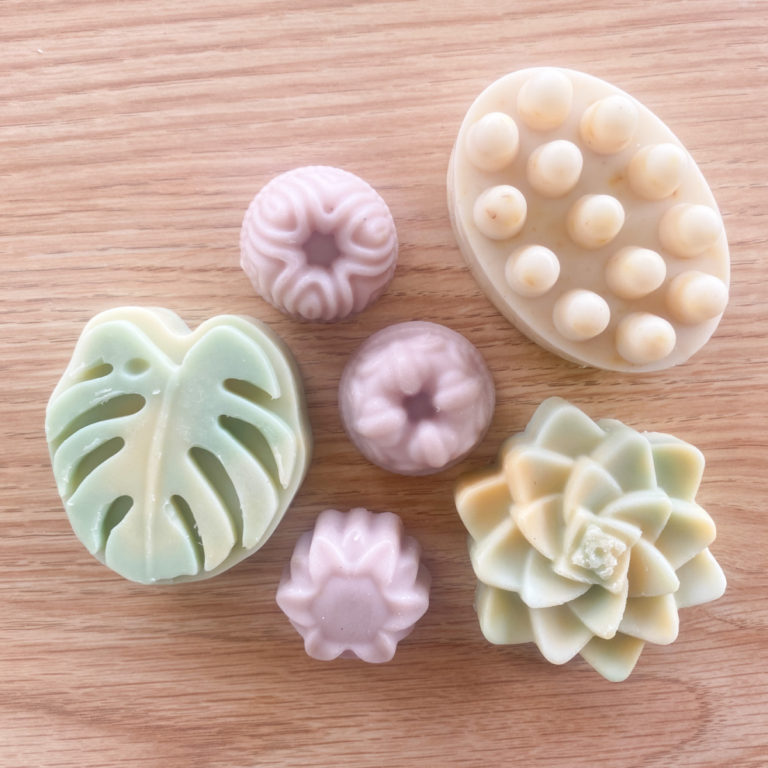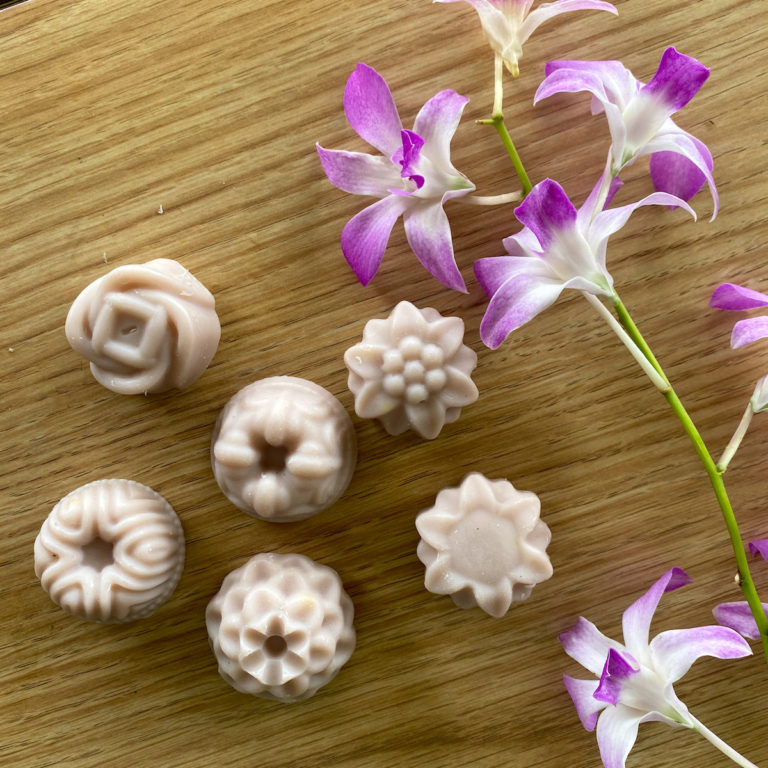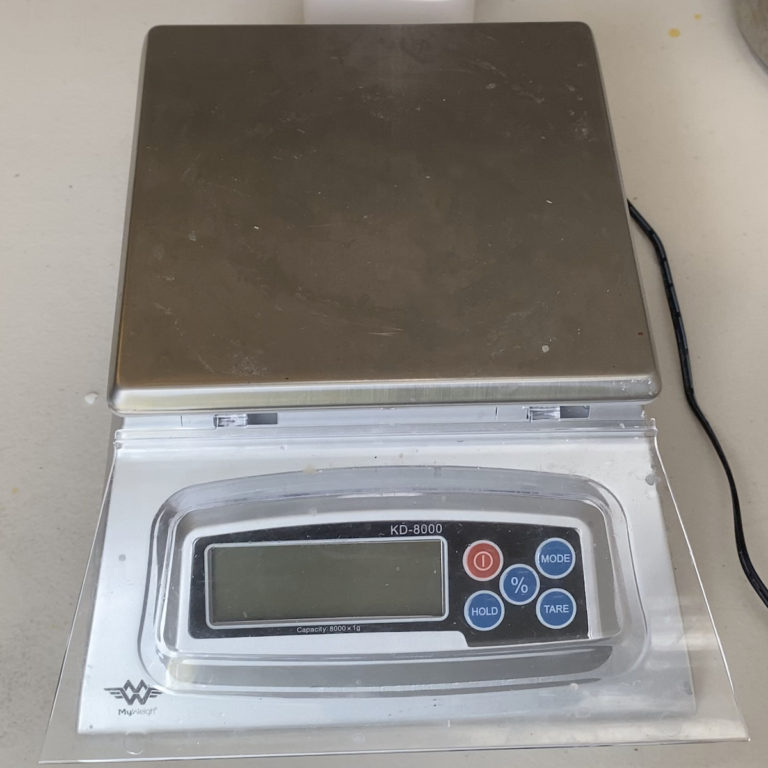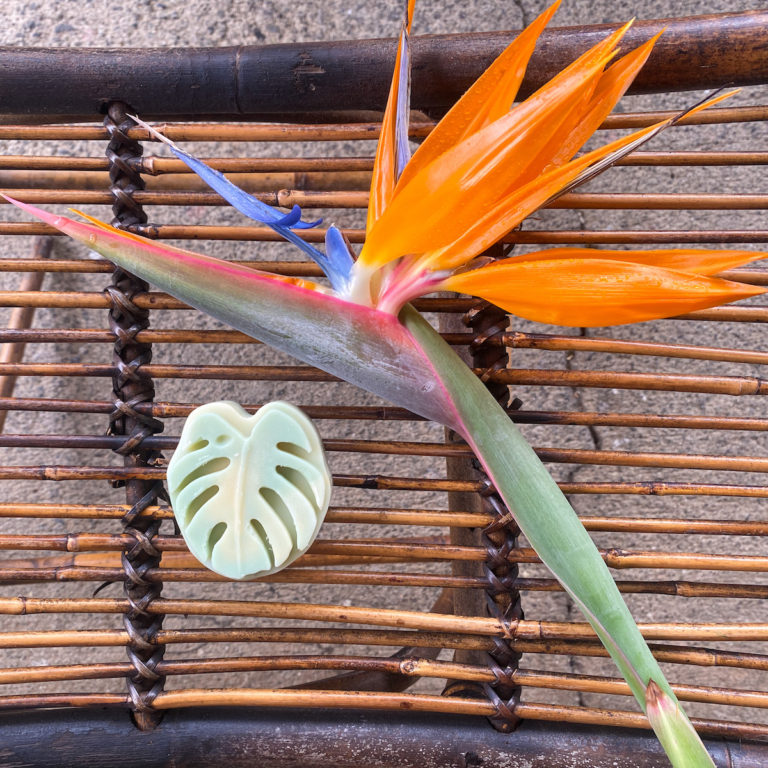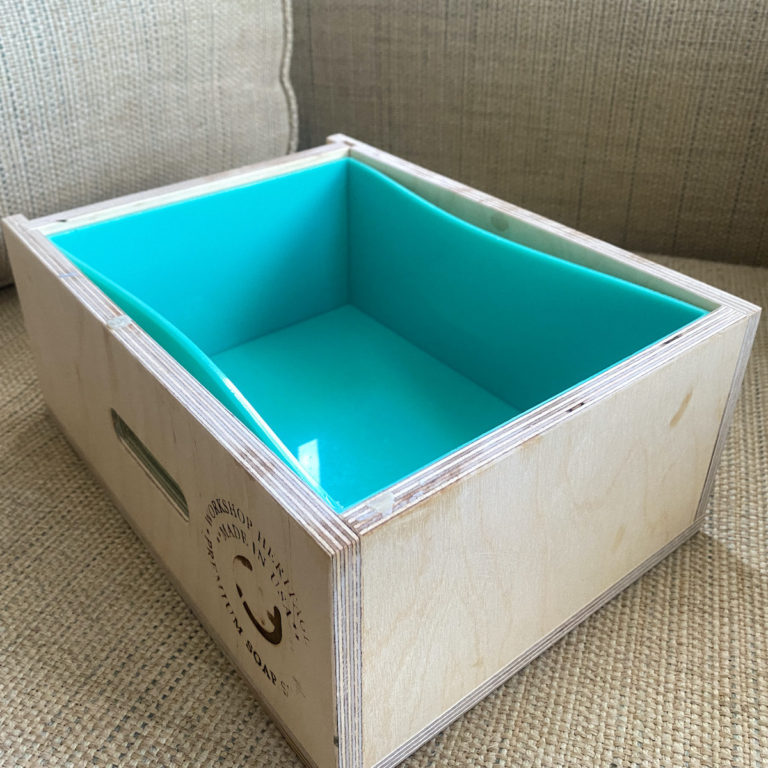How To Make Soap Without A Mold
Once the soapmaking bug hits, it takes you in. You end up walking through the aisle of the grocery store where the oils are kept, even if you just popped in to buy bananas down at the other end of the store. Your online shopping wishlist is full of soaping goodies – dividers, pigments, butters, essential oils, cutters, molds, there’s no end. And your wallet definitely notices your newest addiction.
There’s a lot of stuff (AKA clutter) that can just be passed over. NO NEED. Some stuff you can do without at the start of your journey. Other stuff, you can do without forever, because you’ll never really ever need it.
Molds may just be one item you never ever need.
I made soap (just for family and friends, not for sale) for 2 years before investing in any real mold. Two years in is when I decided to start selling and thinking about labeling, so I figured I better get a little more consistent.
So the fact that I went so long without it goes to show you you 100% absolutely positively CAN make soap without a mold.
In fact, I know of soapmakers that even sell their goods and proudly share that each bar varies because they cut by hand or don’t use a mold, so each bar is a little different. The beauty here is that people who value handmade items, including handmade soap, are all in with that reasoning! They don’t want yet another mass produced cookie-cutter item. They want something with heart, something human, something perfectly imperfect.
Yet you do need a vessel to let your soap harden in. Look at what you already have around the house. I bet that within 2 minutes you spot at least a couple things that could work great.
Tanya of LovelyGreens uses drink containers (milk, orange juice, the like) as makeshift molds in this post.
Others have used things like pringle cans, or cardboard boxes that maybe their online shopping order or their ipad came in, etc.
Here’s how I use tofu containers as so called soap molds + how I double them up to create a little liner for myself.
Of course, we start by eating the tofu. That”s the most important step. We (meaning I) washed out the container it came in, did a little bit of McGyvering, and poured soap batter into it. It works pretty damn good.
There’s definitely a rustic feel to it. Some like it, some don’t.
I really liked doing this before I got myself a real mold because I was extending the useful life of something that was destined for the landfill. That shit that turns me on.
If you watched the video, you may notice that some of my soap crumbled, and that was due to some experimenting I was doing in the recipe. Basically I tried to add too much salt to the brine I made the soap with. It was in no way the mold’s fault. And despite some crumbling, after curing, the soap felt and worked great.
In the video, I didn’t show how I cut the corners of the tofu container, and by this point I honestly can’t remember since I’ve been using these things for over a year by this point, but if I’m remembering correctly I just used scissors. The plastic on those containers is fairly thin and easy to work with. The hardest part to cut through will be the lip at the top.
Here’s a calendula & madder root soap made in these homemade soap molds. It’s not the cutest thing you’ve ever seen, but it does what soap is supposed to do.

Remember that with molds, you don’t have to fill it all the way to the top. Knowing that you can fill it just part-way, or all the way to the brim if you feel ilke it, gives you some freedom in the design of the final soap shape.
You can also get creative with the way you cut your soap to give it a more interesting feel. Here’s some tofu container soap cut into small handsoap sized pieces. The texture from the tofu container combined with the shape of each cut soap makes for a really cute end result.
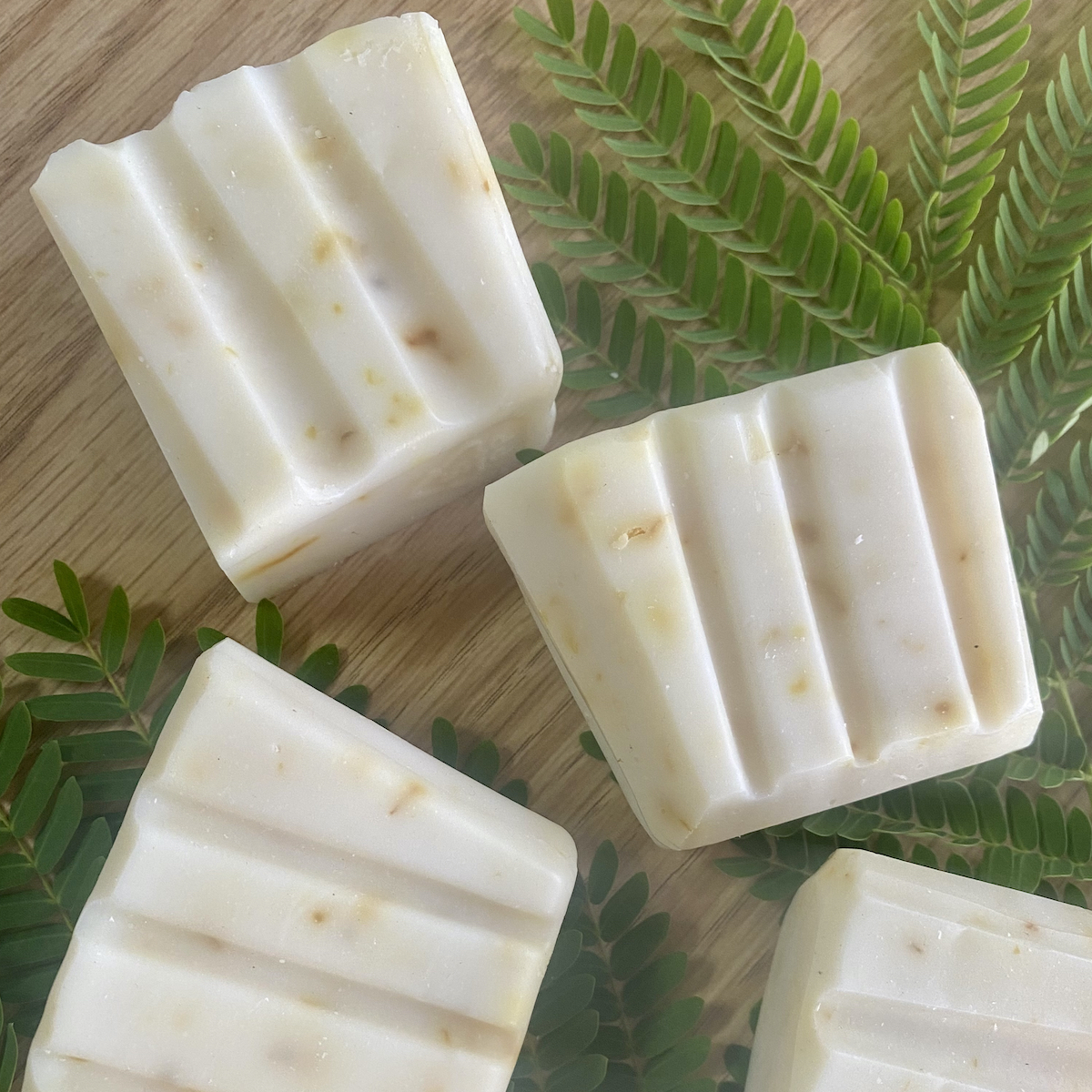
Depending on what vessel you end up using as a makeshift soap mold, you may want to line it with freezer paper. This is most likely true if you want to use your mold again, unless you designed your “mold” to have a built in liner like shown in my tofu container soap mold video.
Another option is to just cut away and dispose of your makeshift mold if it’s a reclaimed material that you’d have a hard time lining.
I guess the biggest thing is to just get started if this is something you really want to try. You know how to make soap without a mold now, so as long as you can get your hands on some oil, lye, and hopefully a stick blender, you can make soap without all the clutter and humbug of fancy and “proper” in your way.

